Selecting the correct fluid valve type and material of construction is critical for the safety, quality, yield and process control. There are huge varieties of valve types and valve material and the task of proper selection can be overwhelming. In this article, we will try to understand the fluid valve types, functioning, applications and material of construction which will make the selection task easier.
Fluid valves are mechanical devices that control the rate of flow and pressure of the fluid within the system by opening, closing or partially obstructing the flow of the fluid. Fluid valves are critical components of a piping system that handle liquids, slurries, etc. and can also regulate and direct the flow of the fluid.
Basic functions of fluid valves
(1) Ball valve
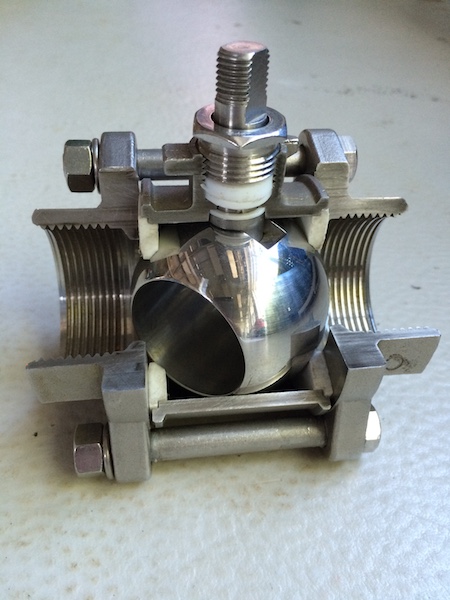
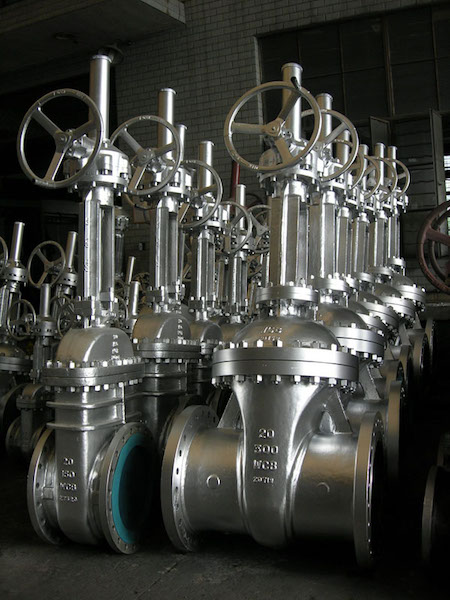
(3) Globe valve
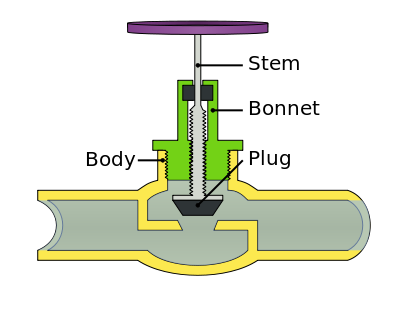
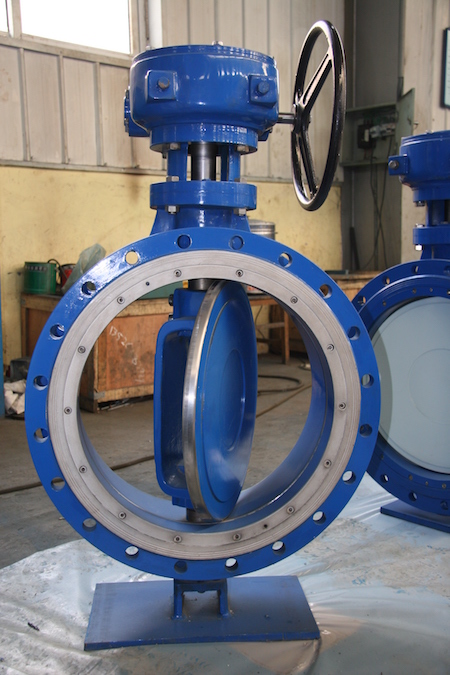
A butterfly valve is a quarter-turn rotational valve, which is used to start-stop and regulate the fluid flow. A butterfly valve has a disc which is mounted on a rotating shaft. When the butterfly valve is fully closed, the disk completely blocks the fluid flow line. And when fully open, the disc is perpendicular to the flow of the fluid.
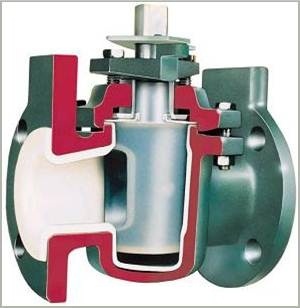
Plug valves are valves with cylindrical or conically tapered plugs which can be rotated inside the valve body to control the flow through the valve. The plugs in the plug valves have one or more hollow passageways going sideways through the plug, so that fluid can flow through the plug when the valve is open and vice versa.
(6) Needle valve
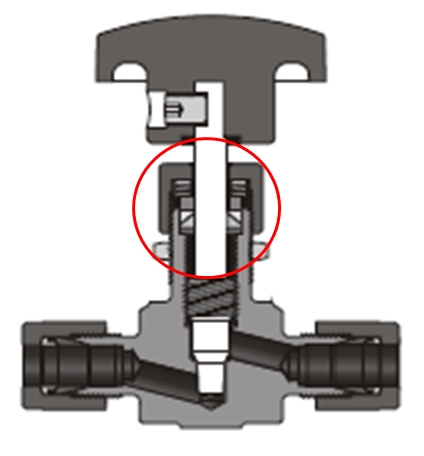
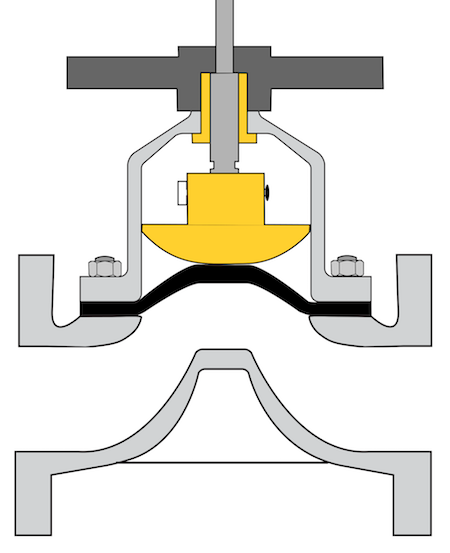
A diaphragm valve is a linear motion valve that is used to start, regulate, and stop fluid flow. The name is derived from its flexible disk, which mates with a seat located in the open area at the top of the valve body to form a seal. The diaphragm is connected to a compressor and the diaphragm moves according to the movement of the compressor.
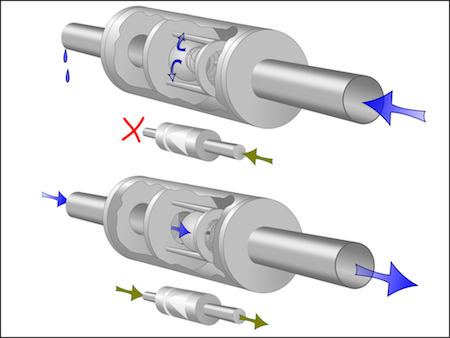
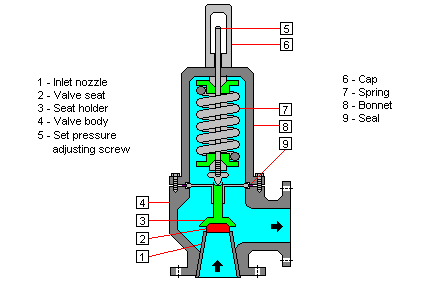
Pressure relief valves are used to maintain pre-determined pressure of the fluid system. Pressure is set through the adjusting screw which is directly connected to the spring. When the pressure of the fluid system exceeds the pre-determined limit, the valve opens to bypass the fluid to ensure that the pressure drops to the limit set.
|
NO |
Valve Type |
Flow path |
Flow control |
Applications |
| 1 |
Ball valve |
Straight |
Poor |
Can be used for clean gas, compressed air and liquid service. |
| 2 |
Gate valve |
Straight |
Average |
Slurry service, heavy oils, light grease, varnish, molasses, honey, cream, etc. |
| 3 |
Globe valve |
Globe |
Good |
Cooling water systems, fuel oil, feed water, chemical feed, lubrication oil, etc. |
| 4 |
Butterfly valve |
Straight |
Average |
Slurry service, vacuum service, high pressure & temperature water & steam services. |
| 5 |
Plug valve |
Straight |
Good |
Steam, water, oil, gas and chemical liquid service. |
| 6 |
Needle valve |
Globe |
Excellent |
Instrumentation control, line shut-off and pressure regulating. |
| 7 |
Diaphragm valve |
Globe |
Good |
Flow control in chemical, mining and water treatment industries |
| 8 |
Check valve |
Linear |
Poor |
Firefighting, flood prevention, power plants, boiler systems, petroleum refining, etc. |
| 9 |
Pressure relief valve |
Angular |
Poor |
Boilers, pressure vessels, compressors, refineries, cryogenic, pump stations, etc. |
Importance of selecting the right valve material
(1) Cast Iron
Cast Iron is mainly used for comparatively low pressure and low temperature applications. Cast iron has lesser tensile strength and shock resistance than Steel. But Cast iron has excellent fluidity and can be cast into intricate and complex shapes and is an economical material.
(2) Ductile Cast Iron
This is commonly used in steam, water, gas and oil pipeline systems because of its wide range of working temperature and pressures. Ductile Cast Iron offers high performance in comparison to its relatively lower cost than Steel.
(3) Bronze
Bronze is an alloy of copper, tin, zinc and lead. Bronze has good wear resistance, corrosion resistance and machinability which allows it to be shaped into complex castings. Bronze is suitable for valves used in low/medium pressure service. It has a strong resistance against saltwater corrosion.
(4) Brass
Brass is an alloy of copper and zinc. Brass has excellent forgeability and machinability and is more economical than Bronze. Though Brass can go through a process called dezincification, in which the zinc in the part seeps out over time, leaving the copper superstructure which can become brittle and cause failure.
(5) Cast Iron lining
Nylon 11 and epoxy resin are powder-coated on the inner and outer surfaces of iron valve, creating a lining that is useful for preventing red, rusty water. It is also suitable for use in drinking water supply lines.
(6) Cast Steel
Because of its wide range of working temperatures and pressures, Cast Steel is commonly used for all pipelines in oil fields, refineries and petrochemical plants. Mechanical properties of Cast Steel are better than Cast Iron but casting properties are worse.
(7) Special Alloy Steel
Special Alloy Steel has extreme temperature stability and has the highest resistance to corrosion and pitting corrosion. In comparison to Carbon Steel, it has higher strength, hardness, toughness, wear resistance and hot hardness.
(8) Stainless Steel
Because of its excellent corrosion resistance and durability, Stainless Steel is commonly used in a wide range of applications ranging from the petrochemical industry to general plant systems. Stainless steel is unique for its higher cryogenic toughness, attractive appearance and lower maintenance.
(9) PVC & Other Plastics
Plastics don’t corrode like metal valves, making them a leading material in some industries. Although there is a wide range of plastics available, PVC is the most commonly used which is resistant to water and chemicals including acids. However plastics have lesser resistance to high temperature and high pressure in comparison to its metal counterparts.
| SRL |
Valve material |
High temperature resistance |
High pressure resistance |
Corrosion resistance |
Strength & Durability |
Applications |
| 1 |
Cast Iron |
M |
M |
M |
M |
Water service, HVAC, steam, gas and other general utility |
| 2 |
Ductile Cast Iron |
H |
H |
H |
H |
Steam, oil and gas, limited chemical, petroleum refining and production. |
| 3 |
Bronze |
M | M | H | H |
Water service, HVAC, low pressure steam, compressed air, LP gas, etc. |
| 4 |
Brass |
M | M | H | M |
Fuel line shut-off, air service lines, water service lines, plumbing, etc. |
| 5 |
Cast Iron lining |
M | M | H | H |
Drinking water supply lines, mineral acids, salts in water & slurry duties |
| 6 |
Cast Steel |
H | H | H | H |
Cryogenic, oil & gas production, refining and petrochemical, etc. |
| 7 |
Special Alloy Steel |
E | E | E | E |
Chemical industries, pharmaceutical processing, food & dye |
| 8 |
Stainless Steel |
H | H | E | H |
Heat exchangers, chemical vessels, pipelines & food industry |
| 9 |
PVC & Other Plastics |
L | L | E | H |
Water distribution, wastewater treatment, chemical processing, etc. |
Bottom-line for Engineers
Engineers first need to study and ascertain the purpose and location of the fluid valve. Based on this, the type of fluid valve needs to be decided. Next comes the careful consideration of the physical and chemical properties of the fluid to be handled and the process parameters and conditions of the fluid system. Based on these factors, the material of construction of the fluid valve needs to be finalized. There are other few factors like cost, service life, ease of operation and maintenance which also need to be considered before finalizing the type and material of construction of fluid valve.



Copyright 2021 © Winning Fluid Equipment. All Rights Reserved. Powered by: Otree Privacy Policy